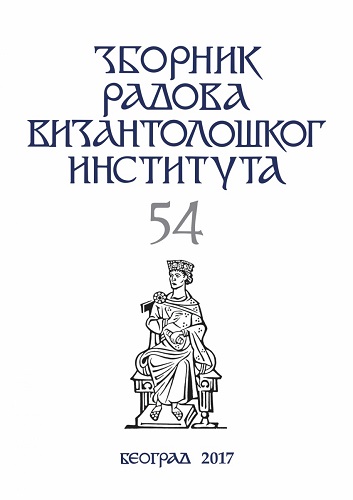The Organic Structure and Effectiveness of the Byzantine Fiscal System – A Critical Evaluation
The Organic Structure and Effectiveness of the Byzantine Fiscal System – A Critical Evaluation
Author(s): George C. ManiatisSubject(s): Economic history, 6th to 12th Centuries
Published by: Vizantološki institut SANU
Keywords: budget; taxation; bureaucracy; praktor; clergy
Summary/Abstract: This article investigates the organization and effectiveness of the Byzantine fiscal system and of the implementing government apparatus as constituent elements of the operative insti tutional framework of the economy. Emphasis is placed on: the conceptualization and architecture of the imperial budget; the established budgetary objectives and priorities; the method employed in the preparation and execution of the budget; the enacted tax structure, evolution over time, and associated incidence; the sources of revenue relied upon; dispassion in tax collection; the rationalization of tax concessions and relief; the extent of tax avoidance and remedial measures; the impact of an array of public expenditures on the economy; the socio-economic repercussions of tax enforcement policies and tactics; and the effectiveness of the fiscal system and of the implementing bureaucracy in achieving prescribed goals. It is hoped that the searching examination and ensuing evaluation of the instituted fiscal arrangements put into effect diachronically will provide valuable insights as to their genesis, adaptation over time to reflect changing circumstances, experiences and expediencies, and their ultimate effectiveness in light of the Byzantine economic, social, and political realities.
Journal: Зборник радова Византолошког института
- Issue Year: 2017
- Issue No: 54
- Page Range: 87-115
- Page Count: 29
- Language: English

